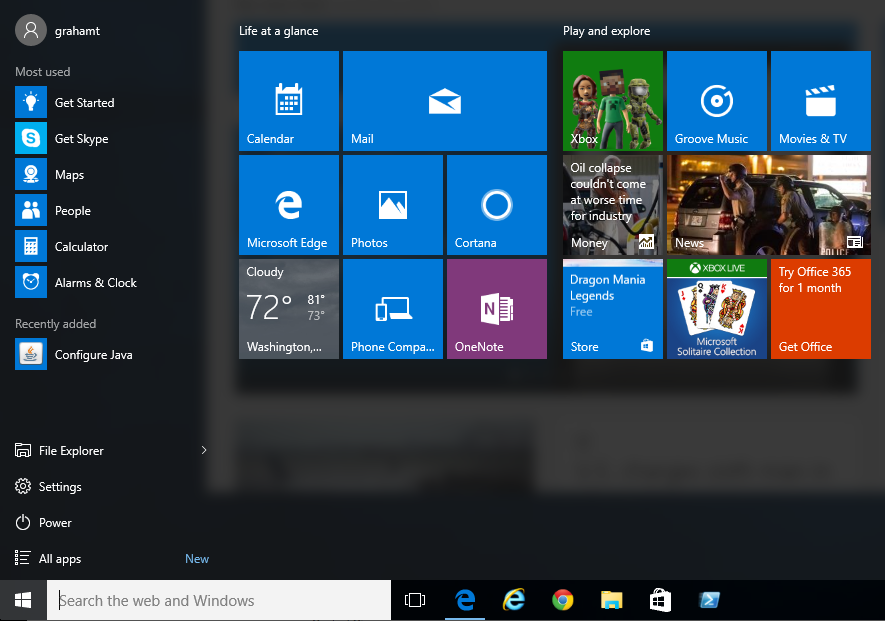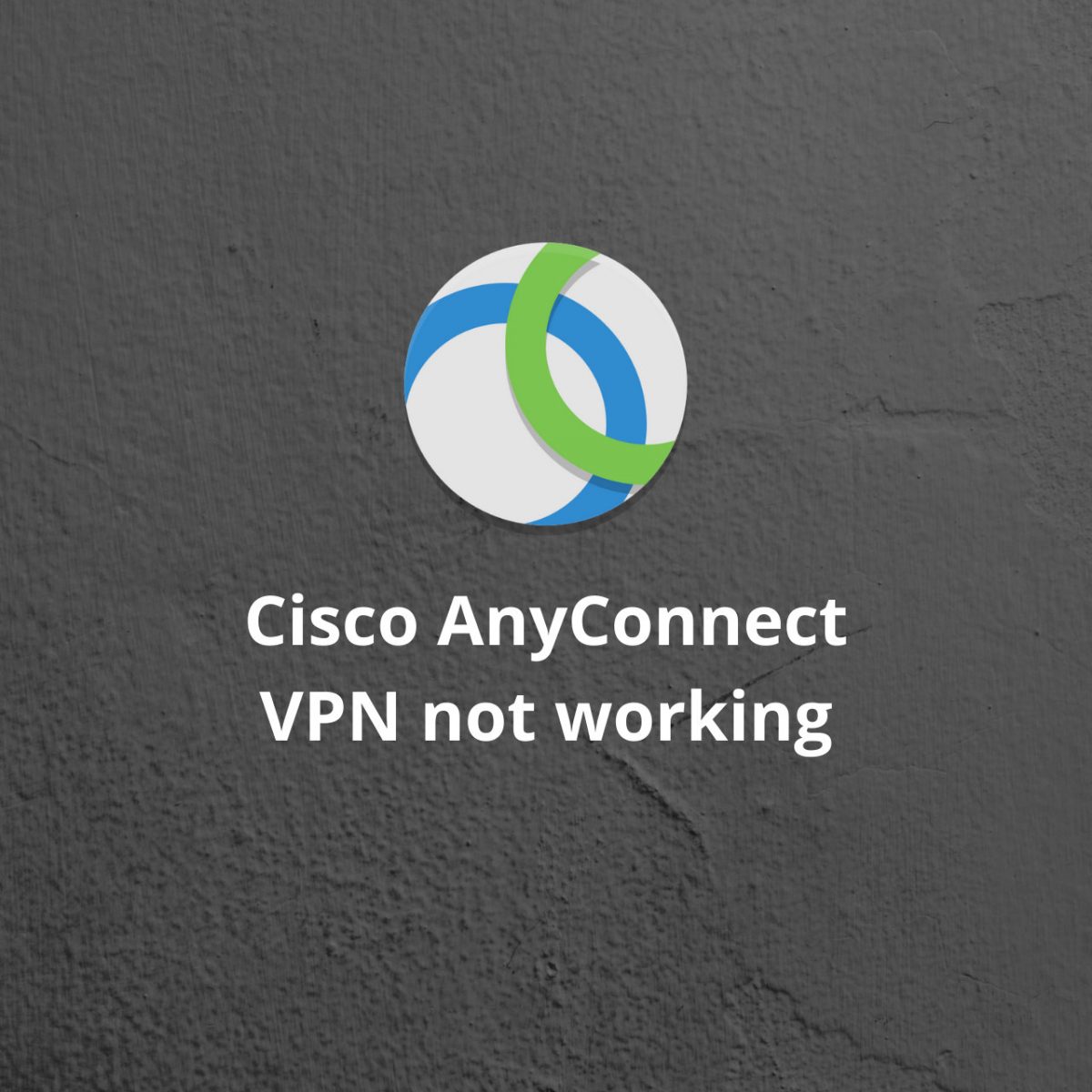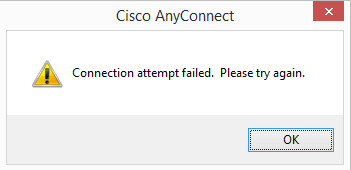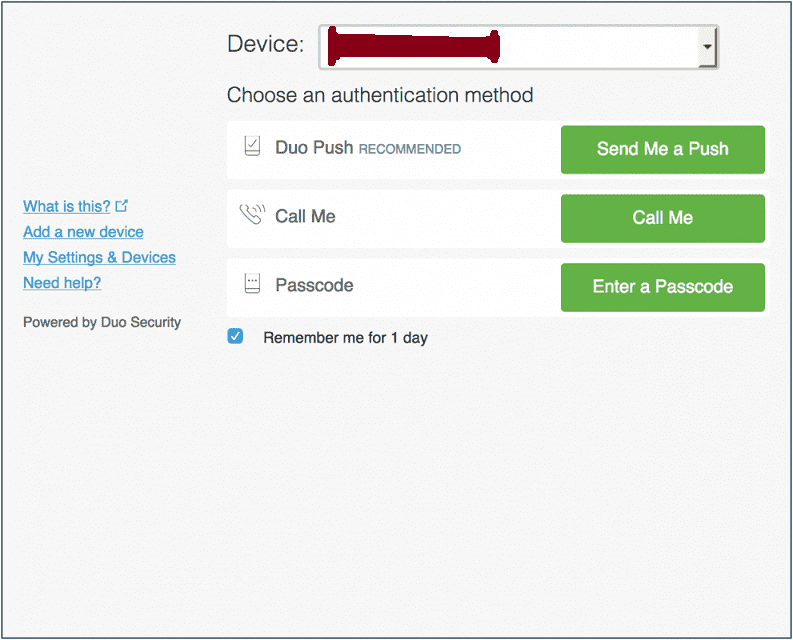

- #Cisco vpn client windows 8.1 download install
- #Cisco vpn client windows 8.1 download update
- #Cisco vpn client windows 8.1 download software
- #Cisco vpn client windows 8.1 download download
For example, DD-WRT has the OpenVPN server function. OpenVPN has been ported and embedded to several systems. It is capable of traversing network address translators (NATs) and firewalls. It uses a custom security protocol that utilizes SSL/TLS for key exchange. It uses the OpenSSL encryption library extensively, as well as the TLS protocol, and contains many security and control features. When used in a multiclient-server configuration, it allows the server to release an authentication certificate for every client, using signatures and certificate authority.

OpenVPN allows peers to authenticate each other using pre-shared secret keys, certificates or username/ password. It implements both client and server applications. Restart your computer again and the Cisco VPN client should still work.OpenVPN is a virtual private network (VPN) system that implements techniques to create secure point-to-point or site-to-site connections in routed or bridged configurations and remote access facilities. Once you’ve gone through and installed both programs – unzipping and renaming the Cisco VPN client installer in the process – edited the registry and rebooted your machine, you can go ahead and remove SonicWall in Settings > Add or remove programs, or in Control Panel > Programs > Programs and Features.
#Cisco vpn client windows 8.1 download install
If this is happening to you, go back and install SonicWall prior to the Cisco VPN client, so that you have a DNE Lightweight filter ingrained in your system. Most commonly, users will neglect to install the SonicWall client first, resulting in Error 433 when they try to connect. If you’re still having trouble installing, running or using the Cisco VPN client with Windows 10, our best advice is to backtrack.
#Cisco vpn client windows 8.1 download software
Then do this again for System, CurrentControlSet, Services, and finally, CVirtA.įrom there, double-click DisplayName and change the value data to “Cisco Systems VPN Adapter” (without quotes) if you’re using the x86 32-bit version of the software or “Cisco Systems VPN Adapter for 64-bit Windows” (again, without quotes) if you’re on the 64-bit version. With Regedit open, locate the registry key HKEY_LOCAL_MACHINE and click the drop-down icon.
#Cisco vpn client windows 8.1 download update
At one time, this step was optional, but since the Creators Update arrived, it’s pretty much mandatory in most cases. Next – you guessed it – you’re going to make a quick registry edit. In Windows 10, you can access Regedit by typing it into the search bar (to the right of the Start button) or by using the shortcut Win + R and typing Regedit there.

Once you’ve made your way through the Cisco VPN client install wizard, it’s time to break out everyone’s favorite registry editor, namely Regedit. Right click and change the MST portion of the file name to MSI – it’s that simple. Then, if you’re like us, you’ll encounter another issue: the freshly unzipped file will be an unopenable MST file, which luckily we have a stupidly easy fix for.

To bypass this, unzip the file using file compression software like WinZip or 7-Zip and extract it to some place memorable like your desktop. First off, you’re probably going to run into an error claiming that the file isn’t supported by your version of Windows. With the EXE file downloaded, you’re going to have to make some changes before you can actually perform an installation of the Cisco VPN client.
#Cisco vpn client windows 8.1 download download
In fact, you can continue to download the Windows executable installer without signing up for a new account or logging into an existing one. Note that you don’t have to sign up for a Dropbox account to access this file despite the web client prompting you to. If you opt for the Dropbox route, make sure you select ‘Direct download’ rather than ‘Save to my Dropbox’. After that, download the Cisco VPN client itself from Dropbox, but we couldn’t get a download to initiate from the latter (perhaps you’ll have more luck). In doing so, you’ll want to ensure the Windows executable you retrieve is the latest version of either the 32- or 64-bit client or it might not work as anticipated. Now let’s download and install the SonicWall VPN client found here.


 0 kommentar(er)
0 kommentar(er)
